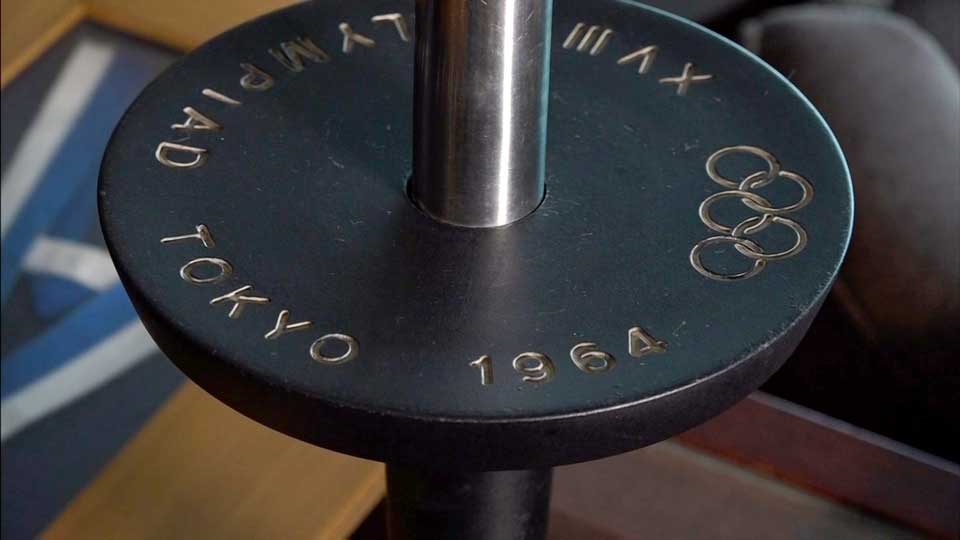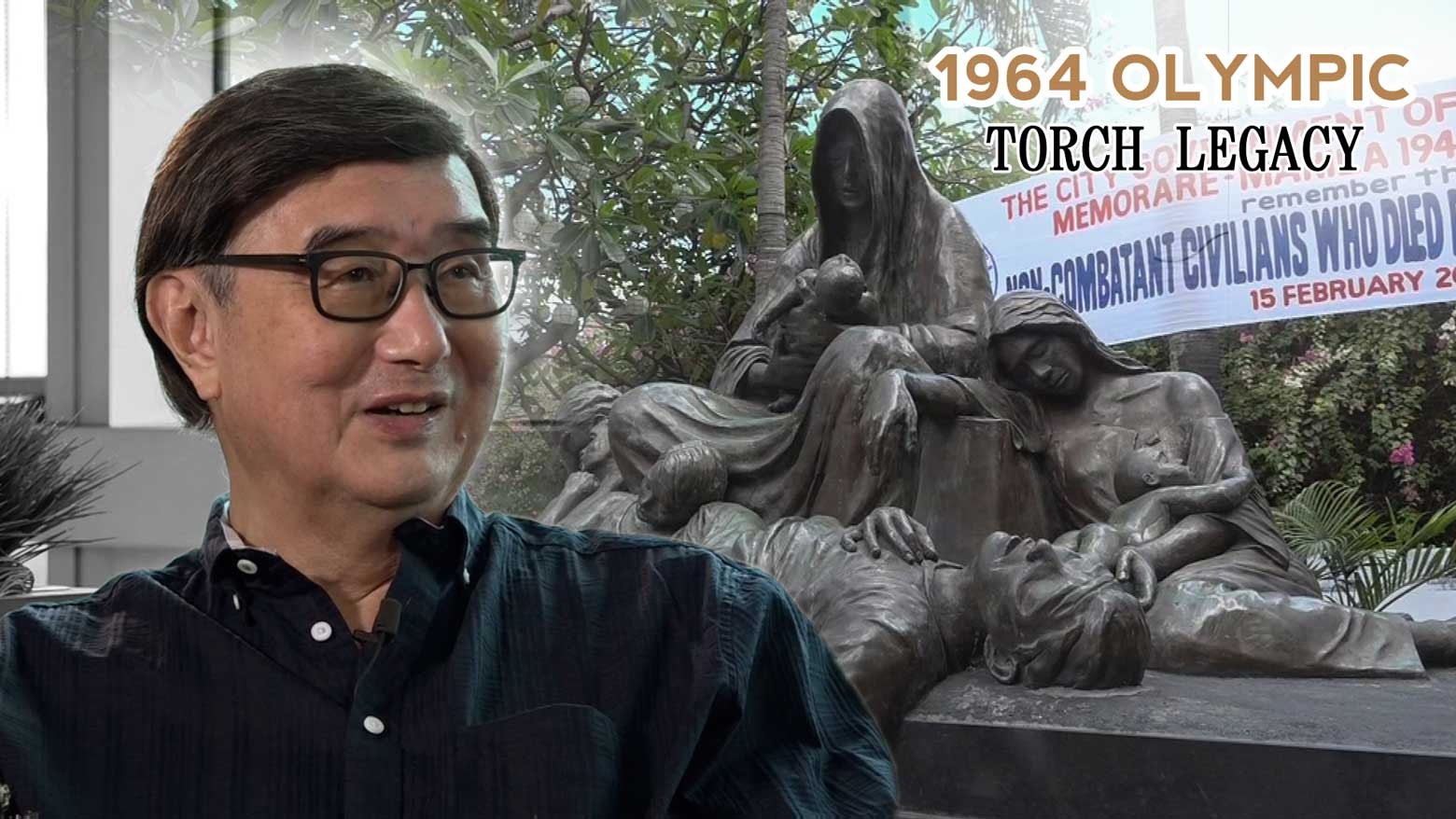Silent torch relay
The relay in Manila was a relatively quiet affair. Other cities hosted the event with great enthusiasm, but in the Philippine capital the occasion went largely unannounced. There were no throngs of people welcoming the flame and the last runner lit the cauldron in a half-empty stadium.
Manila had been the site of fierce fighting between the Imperial Japanese Army and allied forces toward the end of World War Two. More than 100,000 Filipino civilians are said to have lost their lives in one month.
When the Olympic flame passed through the streets of Manila, the damage to the city was still visible.
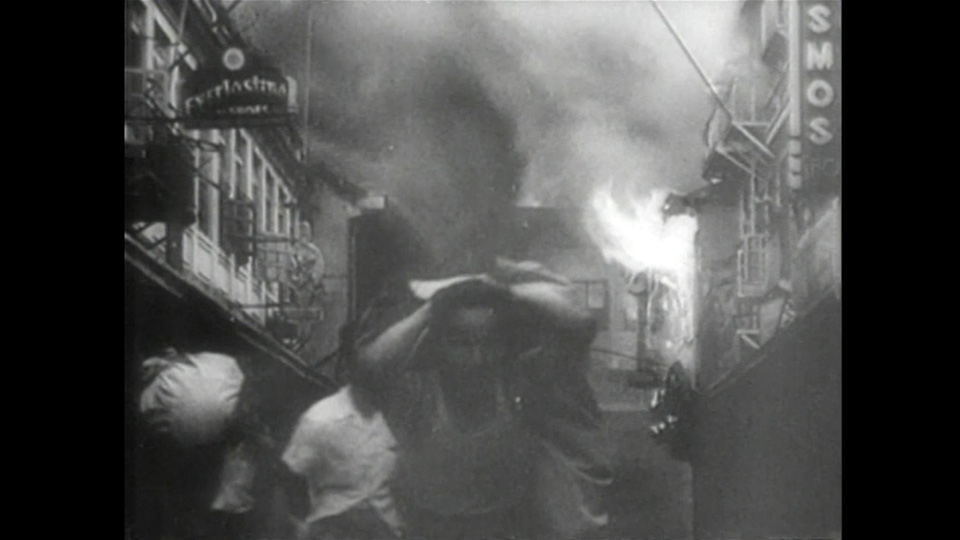
Sports as unstable bridge
Sporting authorities from the Philippines and Japan resumed interaction right after the war. Boxing was especially popular in both countries and bouts between fighters representing each side attracted thousands, but the animosity remained palpable. When the Japanese contingent arrived in Manila for the 1954 Asian Games, they met with angry citizens.
"People hurled abuse at us in Japanese all the way to the stadium," wrote the delegation's chef de mission, Tabata Masaji. "A local bus driver who carried the team felt sorry for us and explained that people remember the words Japanese soldiers used during the war. People in the main seats clapped for us, but there were extremely horrible jeers from the stands. We expected it, of course, but it wasn't a pleasant experience."
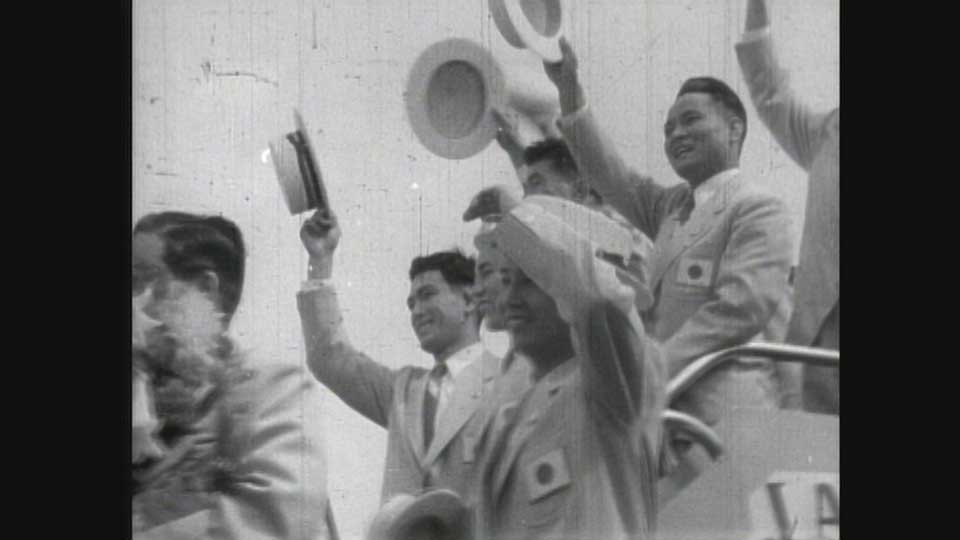
Torchbearer's lonely mission
The torch relay for the Tokyo Olympics came ten years later.
Antonio Cuyegkeng, an 800-meters university-level champion in the early 1960s, says he and 17 other torchbearers headed to the event without rehearsing. He didn't know where he was supposed to run until the very last moment and says the runners were dumped at their starting points without much explanation.
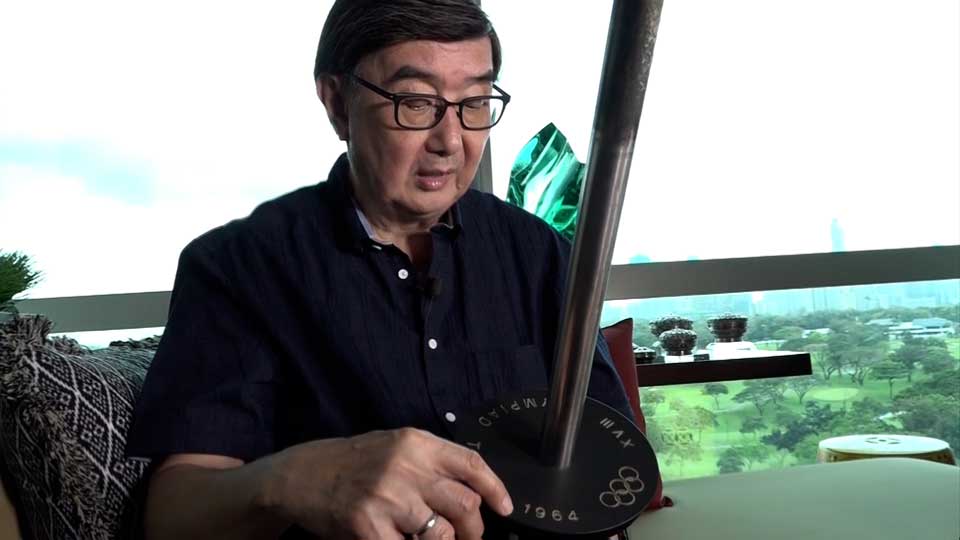
Cuyegkeng says few people knew about the relay, so people eyed him with suspicion as he waited alone on Quirino Avenue.
"They were staring at me wondering who was the crazy guy sitting with a torch," he recalls. "It wasn't easy to be at the center of attention."
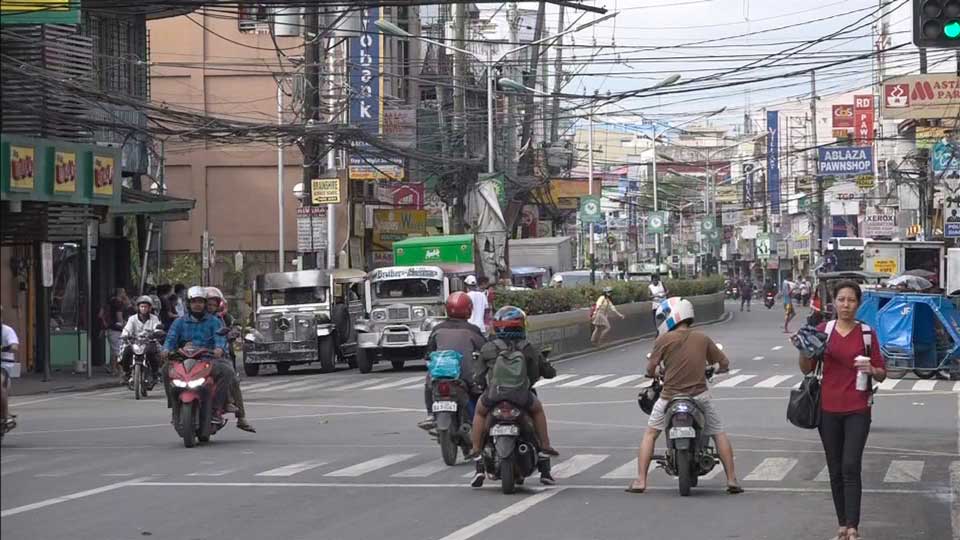
After a while, Cuyegkeng heard a siren getting closer, then saw a torchbearer surrounded by a motorcade. He stood up.
"I was excited and a little nervous, but when I got the flame, my mind went blank," he says. "All I was thinking about was how to finish the race on time and light the next torch."
Cuyegkeng remembers the relay didn't attract much attention and nobody at his college talked about it the next day. Still, he felt honored to represent both his university and his country.
Signs of change
When the Olympic flame arrived in Manila, memories of the war were still fresh for many people, but Professor Ricardo Jose of the University of the Philippines, an expert on Japan-Philippine relations, says there were some developments that had softened people's attitudes in the lead up to the event.
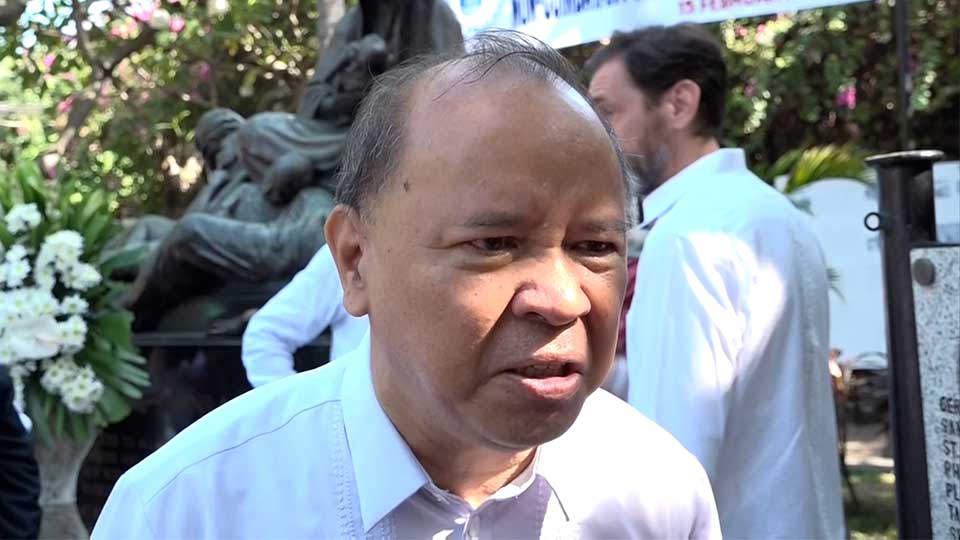
Japan and the Philippines finally signed a reparations treaty in 1956 and resumed full diplomatic relations. There was plenty of trading, and Japanese cars and other products had become status symbols.
And when Japan's Crown Prince Akihito visited the Philippines in 1962, he represented a new kind of Japan — young and vibrant, quite different from the aggressive, militaristic Japan local people knew from the war.
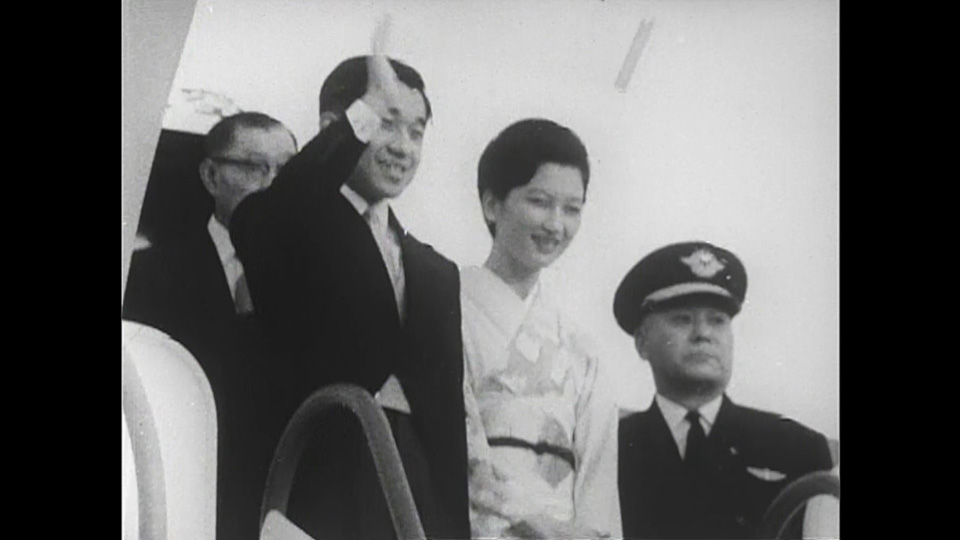
Message of hope
Cuyegkeng continued to wear his relay uniform for training. It had a logo featuring Japan's flag, but he says that didn't seem to be an issue for people.
"If the objective of the torch relay was a peace offering for the countries that had suffered under Japan, making the flame pass across Asia accomplished its purpose." he says. "It showed that Japan was now ready for peace."
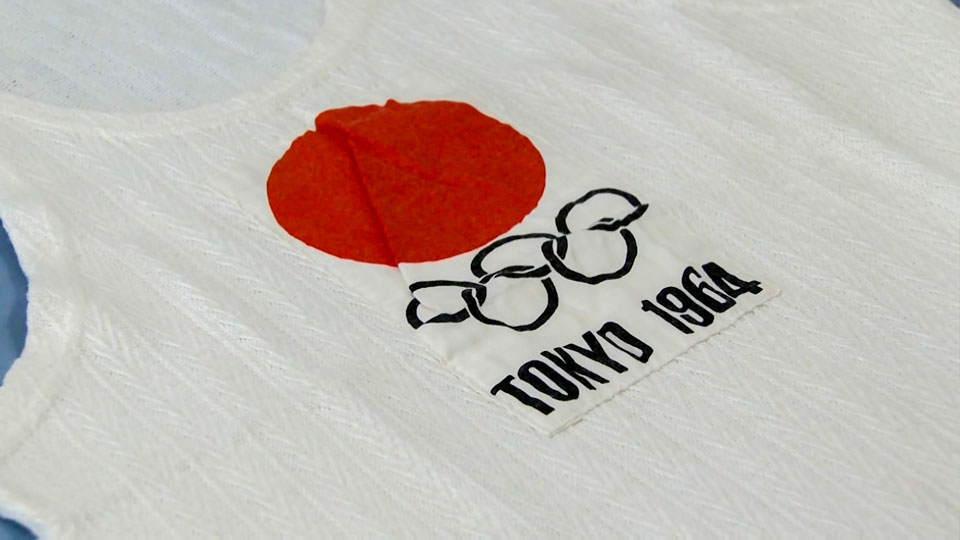
All these decades later, sport is still acting as a bridge between Japan and the Philippines. Young Filipino athletes are training in Japan today, including Carlos Yulo, the first Filipino gymnast to win a world championship.
And though it is not widely remembered, the Manila leg of the torch relay for the 1964 Tokyo Olympic Games remains a milestone — an important step on the path to healing ties between the Philippines and Japan.
